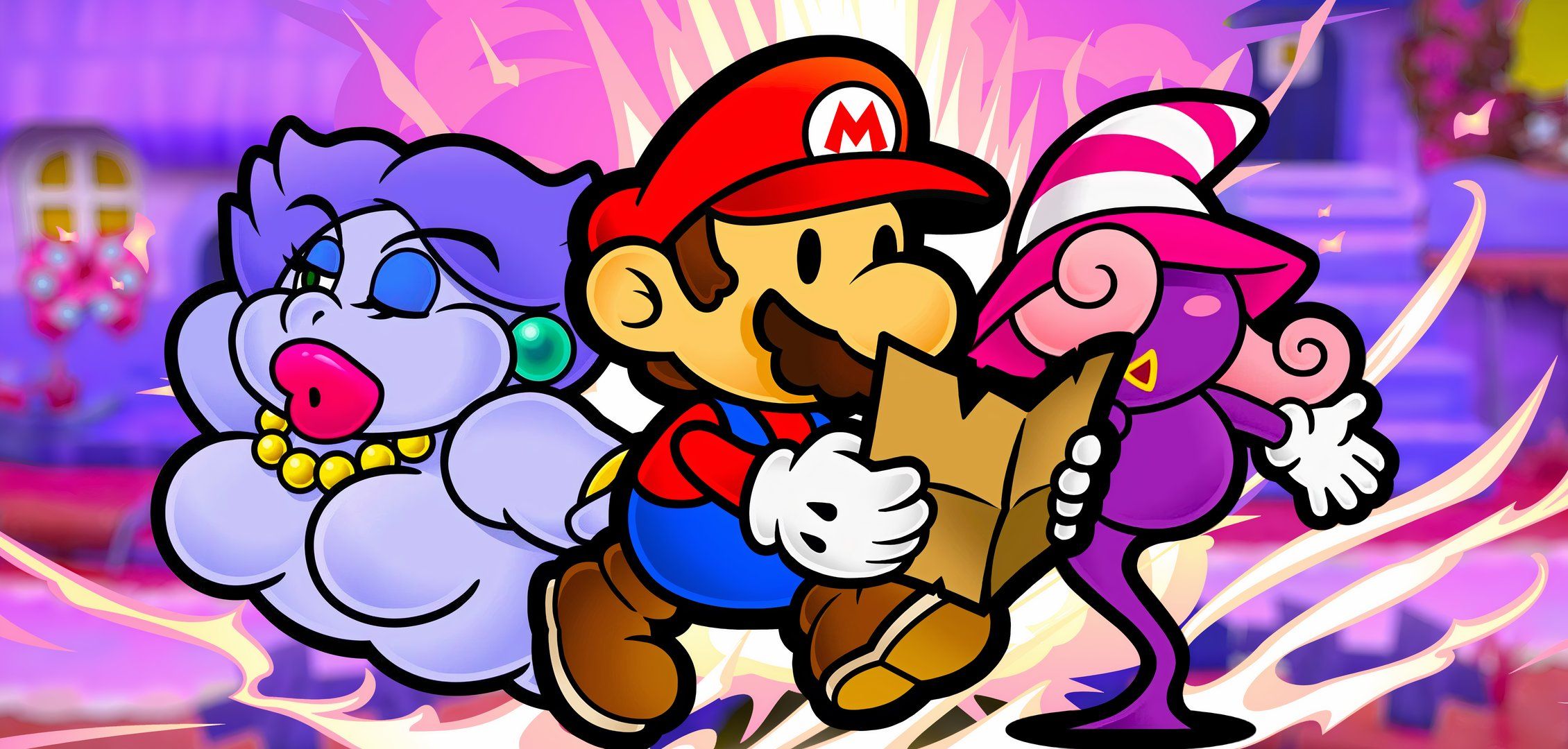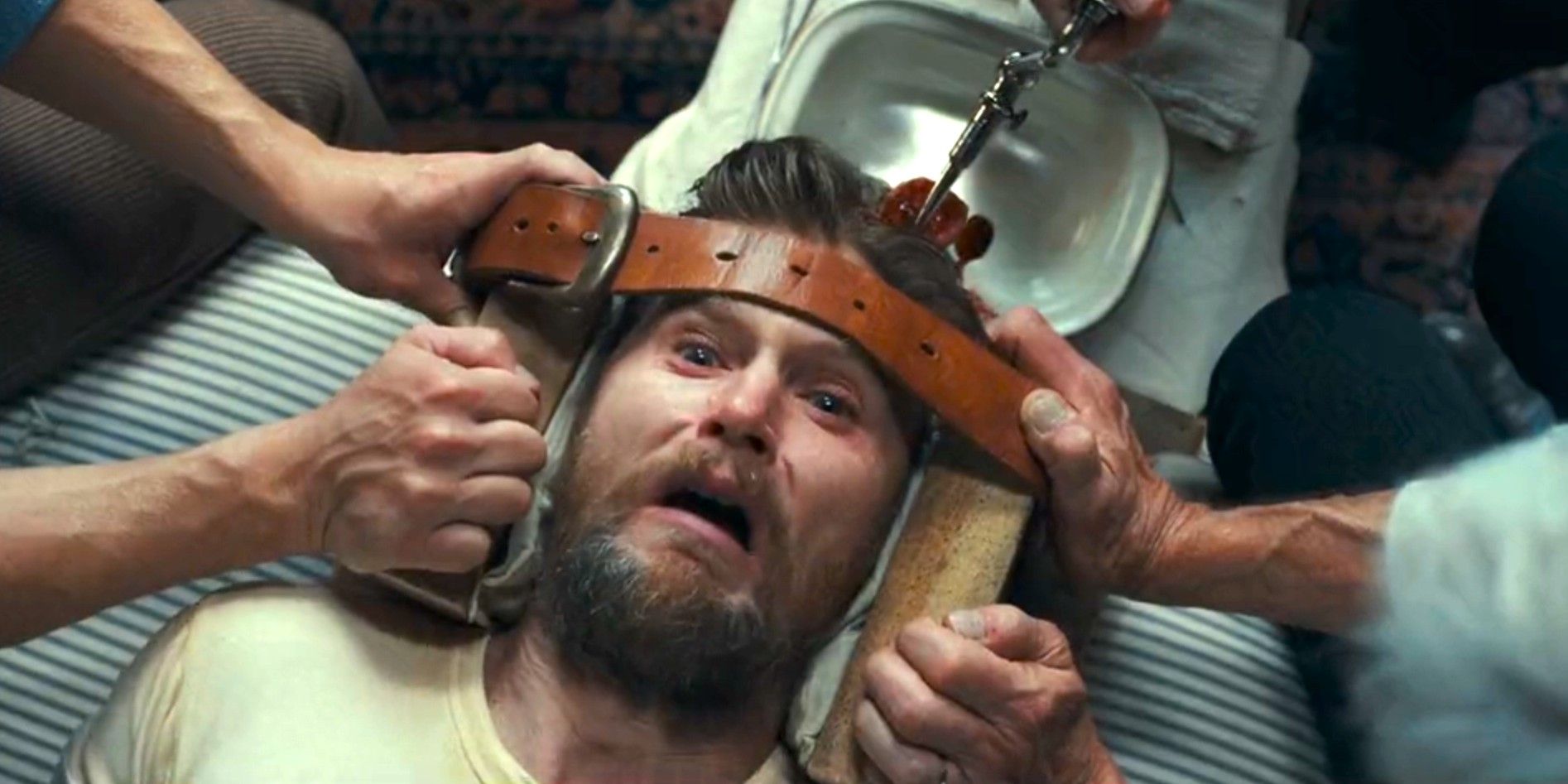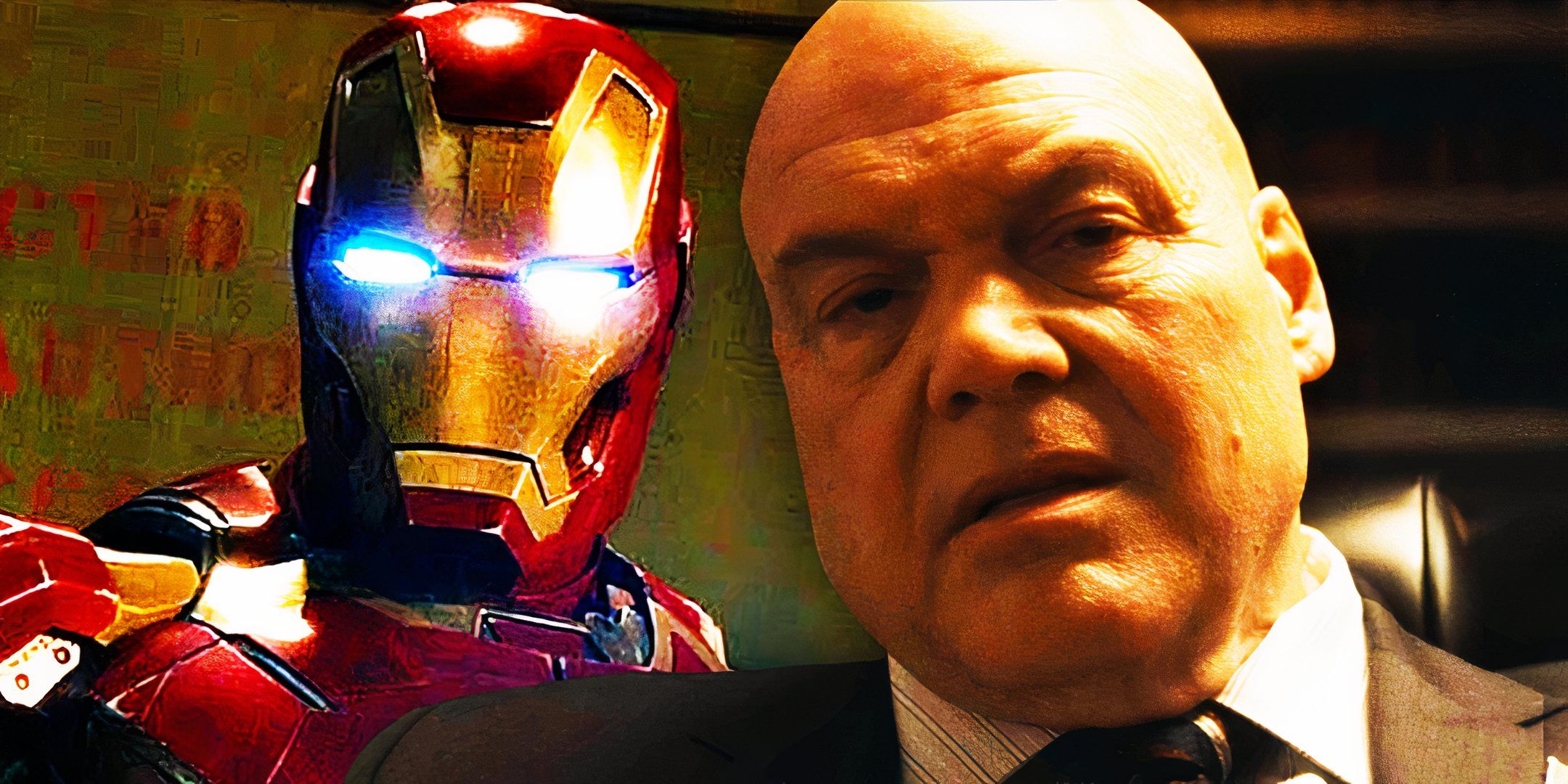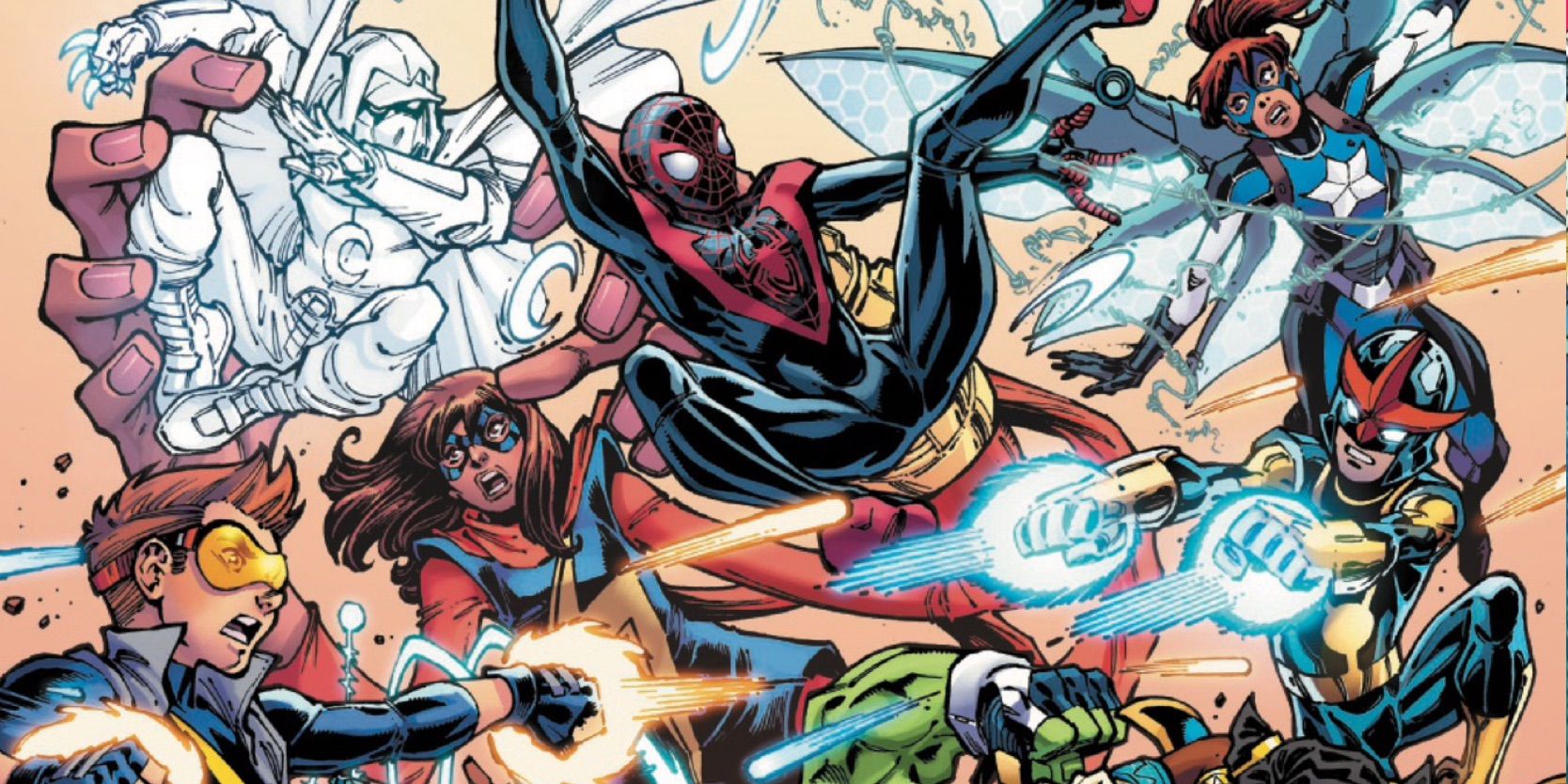Paper Mario: The Thousand-Year Door On Switch Makes Long Overdue Correction To Key Character
Summary Vivian is a transgender woman once more in Paper Mario: TTYD after localizations of the original release altered her gender identity.
This builds upon Nintendo's past LGBTQ+ representation in the Fire Emblem franchise.
The gaming industry continues to grow by highlighting a variety of gender identities and sexual orientations.
Paper Mario: The Thousand-Year Door has finally come to the Nintendo Switch, and many fans have proven just how excited they are for the game in the buildup to release, including a key change revealed during the game’s review embargo lift. For example, places like Amazon and Walmart have had to cancel pre-orders, presumably because of the demand for the beloved RPG. Furthermore, many are hoping that the potential success of the remake will lead Nintendo to make a proper sequel versus changing what made this game great once again. Yet, the character Vivian is on people’s minds.
Ever since the release of the original GameCube version of Paper Mario: The Thousand-Year Door, Vivian has been one of the fan-favorite characters that people loved to have paired up with Mario in battle and beyond. Vivian is always portrayed as a kind soul who is constantly bullied by her sisters, Beldam and Marilyn, until she accidentally joins Mario to save him from a shadowy fate. She eventually becomes a full member of his party; however, the GameCube version made one fundamental localization change in 2004 that was officially undone for the Switch version.
Related Paper Mario: The Thousand-Year Door Reviews May Break A 23-Year Record For The Series The early reviews for Paper Mario: The Thousand-Year Door could lead to the series reaching a highpoint via the remastered Switch version.
Vivian Is A Transgender Woman Once More
Certain Countries Erased The Mention
In the original Japanese text, as delved into in full by the University of Perugia’s Francesca Di Marco in "Cultural Localization: Orientation and Disorientation in Japanese Video Games" on a topic about the localization of Japanese games, Vivian was first written to be a transgender woman. This can be seen in full via quotes from the original text or certain European localizations that kept Vivian as transgender and provided slight alterations to the original Japanese translation. However, it was specifically the United States and German localizations that erased all mention of her trans identity, shifting the bullying from Beldam to being about Vivian being “ugly,” versus constantly talking about gender.
There are other ways to see this localization change within the various versions. For example, Beldam, Marilyn, and Vivian had their group name changed with the localization efforts. The trio is originally known as the Three Shadows, a gender-neutral name. In the localizations where Vivian's gender identity was changed, the group is referred to as the Shadow Sirens. The name itself isn't necessarily an issue, but alongside the rest of Vivian's trans identity being erased, the gendered Shadow Sirens – mythological sirens typically being women – only compounds the issue, retroactively suggesting that the original Three Shadows name is gender-neutral because of Vivian, when in reality, "Shadow Sirens" is still trans woman-inclusive.
Vivian is first met in Chapter 2 of Paper Mario: The Thousand-Year Door.
In the Nintendo Switch version of Paper Mario: TTYD, the dialogue has been updated to recognize Vivian as trans. Beldam calls her out for her gender, and in a critical conversation with Mario, Vivian says, “It took me a while to realize I was their sister…not their brother.” Furthermore, as shown in conversations and bio text, Vivian is fully referred to as a woman while also calling her former group the Three Shadows. This is an exceptionally important change for representation, undoing a regretful and unnecessary localization, and highlighting how things have changed in both the gaming space and the world in the last twenty years.
How Fire Emblem Highlights Nintendo's Push For More Representation
The Series Has Done Well By The LGBTQ+ Community Over The Years
Close
There was a time when LGBTQ+ characters weren't featured in video games. However, Nintendo has lightened restrictions on that over the years and has showcased characters of various orientations. The biggest example of this comes not from Mario and his franchise but the series Fire Emblem. They have had multiple characters within several titles that have been proudly part of the LGBTQ+ community in the game's narrative. In other cases, it was heavily implied via story text, as noted by Reddit user LittleIslander.
In the title Fire Emblem: Radiant Dawn, a thief character named Heather is explicitly into women and was noted as a lesbian by the development team. She’s also the first “canonical queer character” alongside character Kyza. Then, in Fire Emblem Fates, the avatar character can have same-gender relationships with Niles and Rhajat. Furthermore, Niles and other characters were noted to be bisexual, which was followed up in Fire Emblem: Three Houses.
In that title, Byleth was bisexual alongside Dorothea, Edelgard, Mercedes, Petra, Ferdinand, Hubert and more. This even carried over to Fire Emblem Heroes, where characters Catherine and Shamir, via their summer duo unit form, notes to the player that in Dagda, they’re free to marry anyone they choose. When Sharmir mentions this, Catherine is called out for blushing. The franchise has made great strides to highlight LGBTQ+ characters, even though there sometimes were similar localization changes to disperse any notions of that. Now, it seems that Nintendo is doing its best to showcase characters from all orientations.
How Gaming Has Evolved Through LGBTQ+ Characters
But We Still Have A Ways To Go
Close
With Vivian being shown as a transgender woman once more, it highlights the growth within the gaming industry to show characters of not only all walks of life but whatever orientation they desire. Games like Baldur’s Gate 3 highlight this perfectly by letting players openly romance pretty much any character within their party, no matter what gender their custom-made character is. This also piggybacks off of series like Mass Effect, where BioWare had same-gender relationships in all three entries in the original trilogy, which broke ground at the time. However, there are still issues to resolve.
When it was revealed that Vivian was once again a transgender woman in Paper Mario: The Thousand-Year Door, it was predictably met with protest from those who hold gender-critical or trans-exclusionary radical feminist (TERF) views. It's possible that other detractors simply didn’t know that Vivian was transgender previously and spoke out against the change. Nintendo received crticism for the change from such groups, but it's ultimately a restoration of TTYD's original vision, and an important correction in representation for the trans community.
Vivian's correct gender identity being restored in Paper Mario: The Thousand-Year Door was the right move. People need to understand the history behind the change and why it’s right that it’s being fixed twenty years later via the Switch version. Furthermore, it could be the start of another big change within Nintendo, highlighting other aspects of the LGBTQ+ community. Vivian being transgender doesn’t change her personality or role in Mario's story.
Source: Francesca Di Marco/Web Archive, LittleIslander/Reddit











COMMENTS